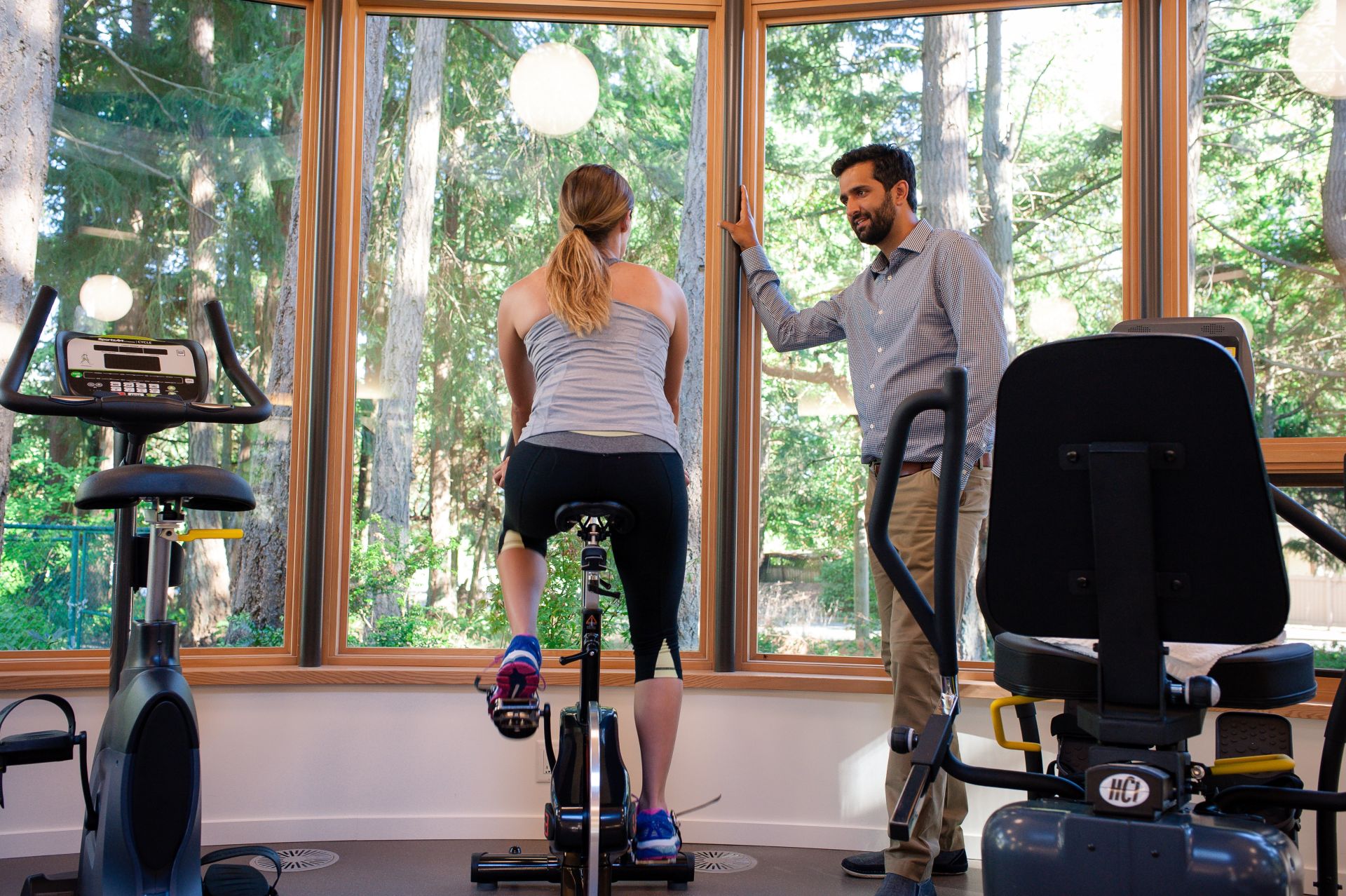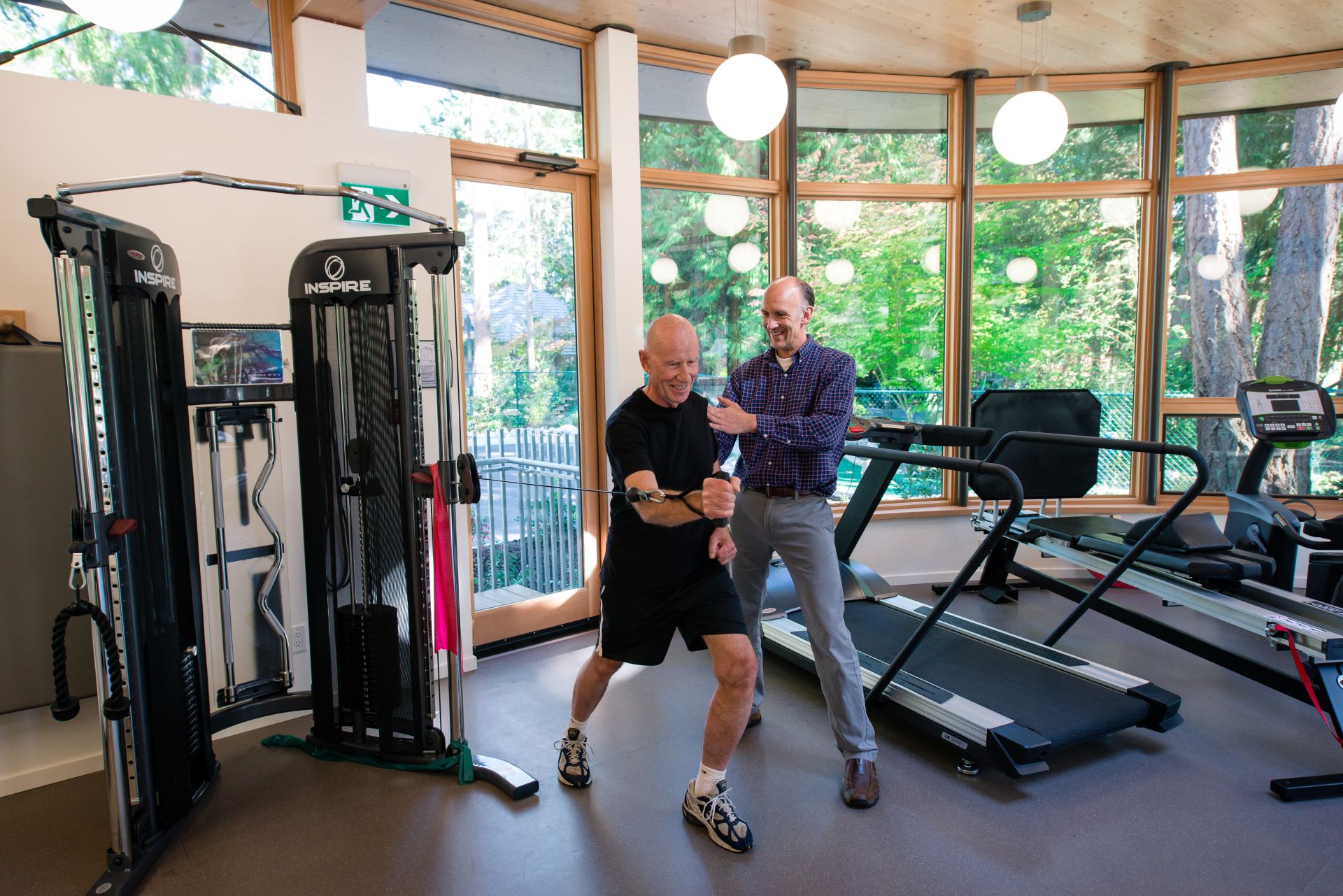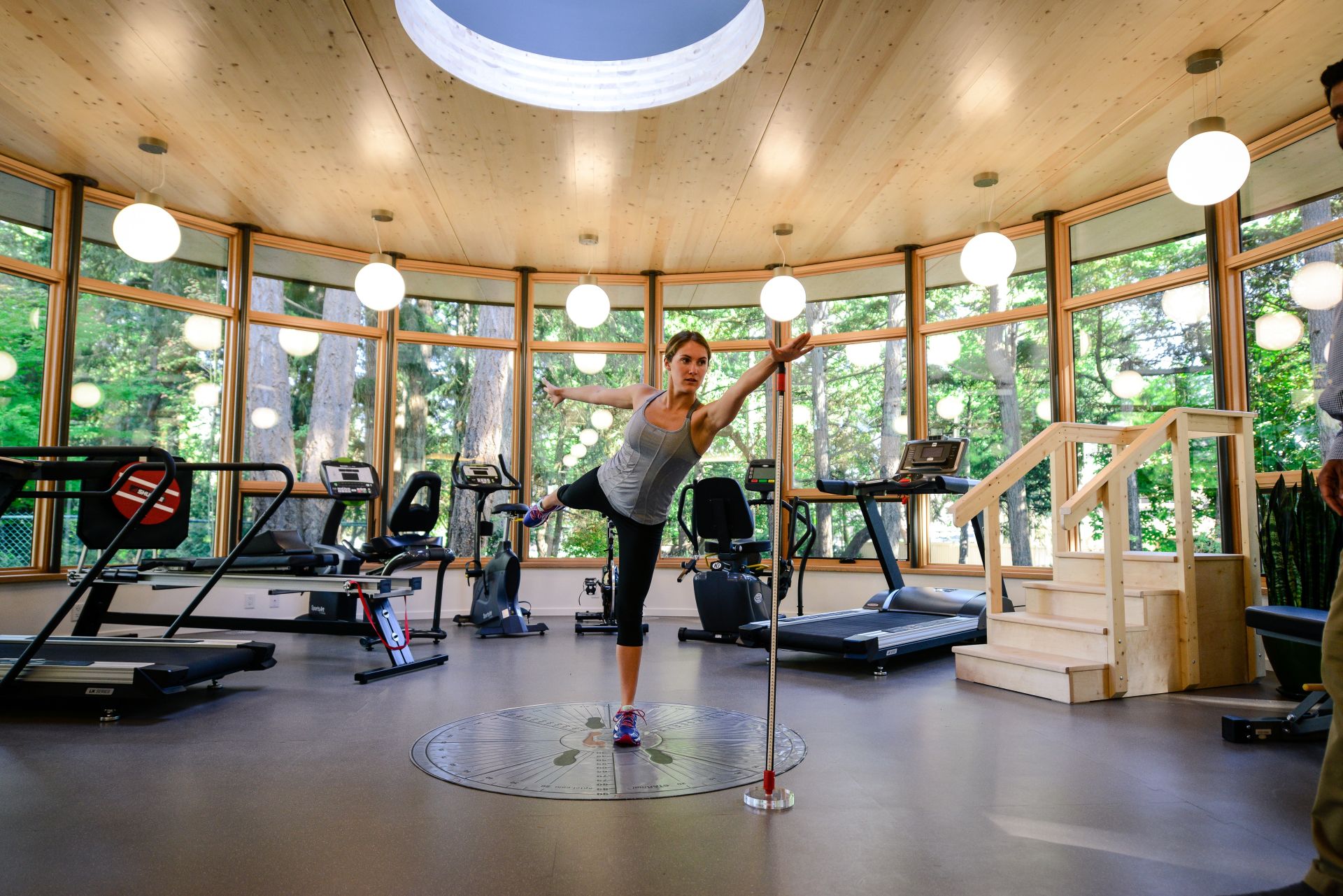
What makes a good health professional? How do you make a positive impact on your patients' lives? Surely this question is unfairly broad in scope. We'll pair it down a bit. We're not going to talk about how good your hands are, we're not going to talk about how much you know, or how much experience you have, and we're definitely not going to talk about your resume. While these items have some modest merit. There's something that figures much more centrally.
So before you start listing your degrees and certifications, your academic awards, GPA score, or practicum experiences, let me stop you. It has very little to do with any of that. Rather, it has to do with YOU; your humanness, your ability to communicate, understand, and empathize with others, what we would refer to as your “soft skills”. And so begins my 3-part series. I’ll preface this entire series by reminding you of the importance of a strong therapeutic alliance (
Ref). Soft skills play a major role in developing this relationship and, as we all know, patient outcomes.
We all want our patients to believe that they can and will get better; get back to running 6km/day, get back to gardening, get back to picking up their grandkids. But how do you instill self-belief in another person? Well, that’s just it, you don’t. Self-efficacy theory is built upon a person’s confidence in their ability to succeed at something; it’s not enough to tell them “you can do it”, you need to use their story to show them they can do it. You don’t instill it, you help nurture it.Research tells us that the 4 main sources of self-efficacy are past experience, vicarious learning, verbal persuasion, and physiological states (Ref). Let’s look at how we can use this information to our advantage…
The most powerful and influential source. Previous experiences overcoming similar obstacles often lead to enhanced feelings of self-efficacy; the idea being that you’ve done it before, so you can do it again. Help patients remember a time when they successfully overcame a physical challenge. Use that information to remind them how strong and resilient they are.Strategies: Have you ever had pain like this before? Were you able to manage/overcome it? How? What did you learn from that experience? What are your greatest strengths? (think about how they can use what they’ve learned and their strengths to help them in their current situation).
Additionally, if they don’t have much experience to speak of, get creative. Draw up a quick chart and mark down any data you collect in the appointment (assessment scores, exercises performed, pain level, etc), and do the same for all subsequent appointments. If you’re as good as you think you are, then you should be able to point out improvements over time (no matter how small). Plus you now have something tangible to draw from.

Seeing others have success completing the same or a similar task will often inspire imitation. This helps patients believe that they too can be successful, assuming the task isn’t too difficult or beyond their current ability (Ref). The more similar the model is to the patient, the more powerful the effect (e.g. seeing a 25 year old male perform cat/cow will likely not build the self-efficacy of your 75 year old female patient).
Strategies: Use a variety of sources to communicate; have your patient learn about and perform their exercises around others who are also rehabilitating injuries, demonstrate the exercise yourself, show a video (preferably one with a patient similar to yours, or, even better, take and show a video your patient doing the exercise and have them watch themselves perform it), draw a diagram with cues, physically help them move their body, even have them visualize (
Ref,
Ref) themselves doing the exercise before they perform it. Come at it from all angles; visual, auditory, and kinesthetic.
Respect your patient’s concerns and fears and understand that these are very real for them but, when they seem ready, look to help them challenge and reframe those thoughts (Ref, Ref). We want to encourage our patients to push themselves; to ‘lean into the pain’ a little bit and understand that some pain is ok. We want them to learn their own strength and ability, and know that they have all the tools they need to get better, we’re just here to support them in their pursuit.
Strategies: Ask them to elaborate on their concerns and fears; what is it that they’re afraid of and why? Ask yourself: what is the basis of this fear; is it realistic or imagined? Help them challenge their own thoughts; have them search for evidence to support their negative beliefs in an effort to prove themselves wrong. Further, use the previous information you gathered (see #1 re: past experience) to remind them of their strengths and accomplishments. Note: The strength of the therapeutic alliance is particularly relevant here as the more credible the source of persuasion, the more powerful the effect is.

It should come as no surprise that negative emotional states (e.g. stress, anxiety, fear, etc) are negatively correlated with self-efficacy beliefs, while positive emotional states (e.g. excitement, confidence, optimism) tend to enhance them. People have learned to interpret their physiological state as an indicator of competence; meaning a patient who experiences fear before performing an exercise will likely interpret that to mean that they lack the skills to perform it. What’s important to note here that it isn’t simply a matter of emotion, but rather how that emotion is perceived and interpreted by the patient.
Strategies: It can be difficult to change the way someone feels about something, especially if they’ve been conditioned to feel that way. However, relaxation training and CBT strategies have shown promise in helping people better control their emotions. Of course, no one expects you to integrate relaxation training into your already very brief appointment time, but simple breathing and focusing cues could help reduce physiological arousal. From a CBT perspective, challenging and reframing unhelpful thoughts can also bring about positive physiological effects by addressing the patients' aforementioned perceptions and interpretations.
So there you have it; a crash course in self efficacy theory. My goal in offering you this information coupled with some applied strategies is not necessarily for you to implement them exactly as they’re written, but rather for you to use them as ideas that you can adapt and put your own spin on. Again, the therapeutic alliance reigns supreme, so whatever you decide to do, make sure you nurture that relationship and follow your patients’ lead.
Laura McKenzie, MHK, RCC, AMP Consultant



